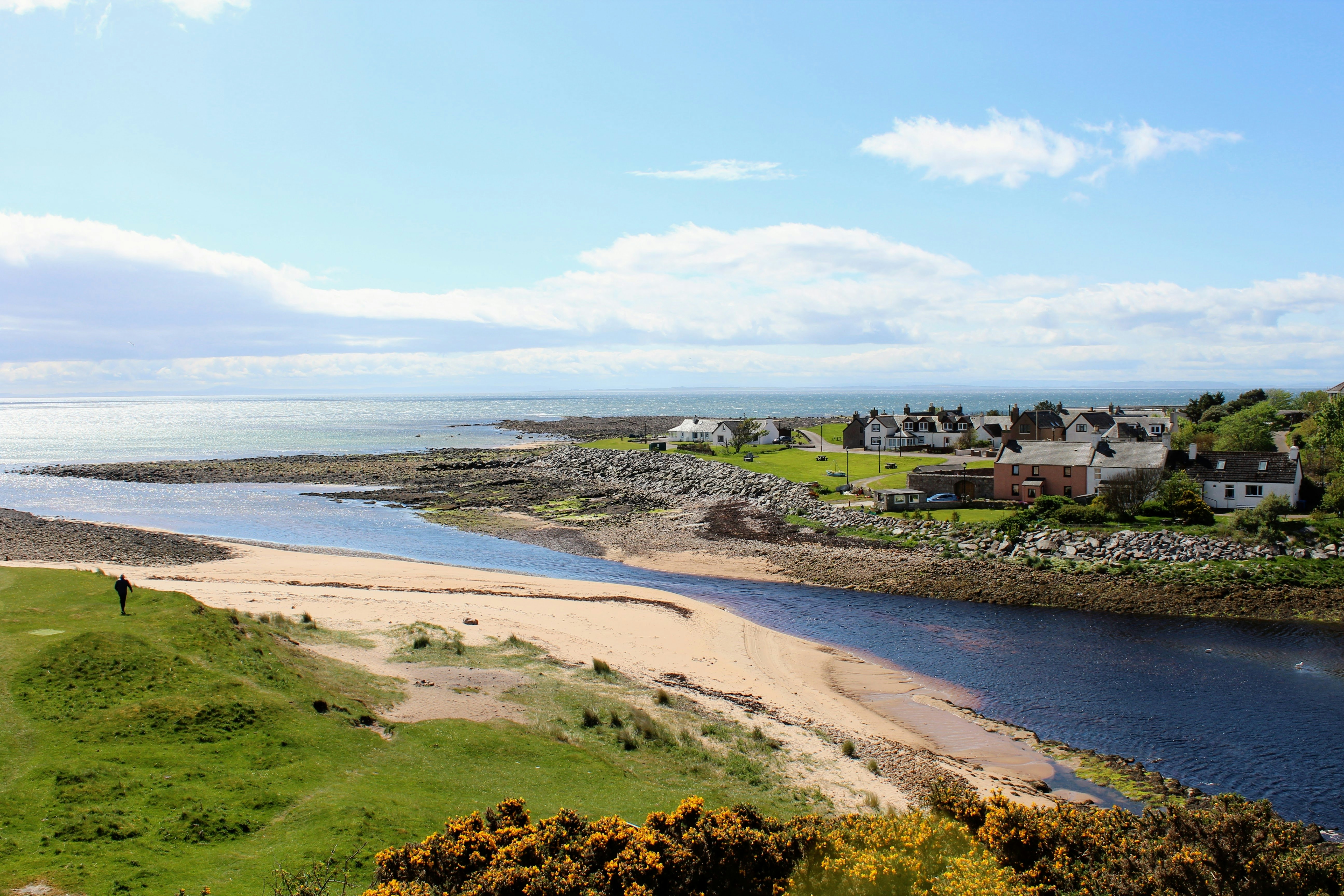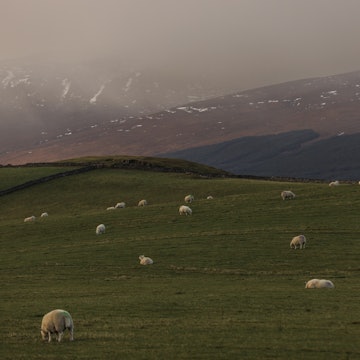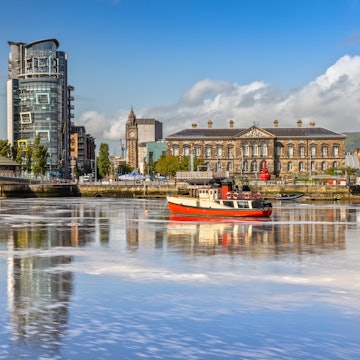
Want to take an extended hike along Scotland’s east coast? Here’s how

Sep 29, 2023 • 5 min read

The “sea stacks” at Duncansby are a highlight of Scotland’s east coast © EyesTravelling / Shutterstock
The east coast north of Inverness is a part of far north Scotland that many visitors whizz past on their way around the North Coast 500, eager to press on to the high drama of the west.
Their loss. For while its charms might be less in-your-face than better-known parts, the east coast is a region that rewards time and exploration – making it perfect for slow travel. Best of all, you’ll often have its quiet corners all to yourself.
I first came here on a fleeting visit of my own, but the impression I was left with – of huge, constantly changing skies, tucked-away fishing villages and strands of golden sand – was enough to convince me to return at a slower pace.
In a part of Scotland often referred to as “remote,” I was surprised to find that the east coast is remarkably well connected by public transport, with buses from Inverness running along its entirety and trains an option along some of the way, too.
I began my journey in the seaside village of Golspie, two hours north of Inverness by train, from where a six-mile walk led me past elegant Dunrobin Castle; an Iron Age broch (a kind of round tower unique to Scotland); and sunbathing seals to Brora, home to one of the region’s best beaches. From here, I took a bus north to Wick, using the old fishing town as a base to walk the craggy coastline at a leisurely pace.

My final stop was John O’Groats, whose regular busloads of tourists can feel like the antithesis of slow travel. Yet it proved to be an excellent starting point for walking the north coast to the shell beaches, seabird colonies and jagged sea stacks around Duncansby.
Traveling like this isn’t without its challenges, not least because the transport options are generally limited to just a handful of services a day (at most). But with careful planning, you can link up coastal walks with leisurely bus and train hops, and feel better connected to this mesmerizing landscape of sea and sky.
Here’s how to plan a trip up the east coast of far north Scotland.
Step 1: Plan your route
Match up bus and train schedules to your walking plans.
First things first: consult the bus and train timetables so you know where public transport can get you to. The buses hit many more of the east coast’s villages and towns than the trains do, which swerve some way inland between Helmsdale and Wick.
Next, take a look at the John O’Groats Trail: this 147-mile walking route between Inverness and (you’ve guessed it) John O’Groats runs almost entirely along the coast, past golden swathes of sand, pebbly coves and dark, brooding cliffs. The website handily breaks down the trail into manageable sections, making it easy to factor in a day of walking between two stops on the bus route – though be aware that the quality and strenuousness of the path can vary hugely along the way.

Step 2: Decide when to go
Keep Scotland’s fickle weather in mind.
Highland weather is notoriously changeable, which means you can easily start a day walking in the pouring rain but end it with blue skies and sunburn (consider this your reminder to pack sunscreen).
It’s generally accepted that spring and fall are the best times to visit – though up this far north it’s hard to beat the appeal of visiting in midsummer, as I did, when the sun sets so late that you’re left in perpetual twilight until it sneaks over the horizon a few hours later. Even in the height of the warmest months, however, you’ll often have the paths to yourself – though you should expect to pay markedly more for accommodation.
Step 3: Go back to those timetables
You don’t want to miss your ride back.
Once you have your plan, look again at the timetables to make sure that it’s actually doable – Sundays, for example, are often better factored in as walking (or resting) days. Not having to book transport in advance at least leaves you with a little on-the-ground flexibility – but just make sure you know when the next service is before you miss the train or bus you were due to catch.

Step 4: Allow more time than you think you’ll need
This is slow travel, after all.
It’s easy to think you can cover loads in one trip, but if you’re overly ambitious you’ll end up disappointed that you didn’t have an extra day or even a few hours to make an unscheduled or a longer stop.
I factored in extra time to climb Ben Bhraggie in Golspie, to snorkel with Sutherland Adventure Company in Brora and to puffin spot at Duncansby. Yet I could have done with even longer to follow up all the great places that people told me about along the way.
Step 5: Pack wisely
Bring lots of layers, and your own food.
You’ll need decent walking shoes, a lightweight waterproof shell and lots of layers to cope with that changeable Highland weather. Once you’re on the ground, be aware that eating options can be few and far between, so it’s a good idea to grab a take-away lunch at the start of the day (or ask if your accommodation can provide one) and to stock up on snacks whenever you spot a supermarket.
The coast also offers excellent wildlife-spotting opportunities, including orcas, whales and dolphins in the water, and puffins and other nesting seabirds during the summer – which means binoculars or a telephoto lens will come in handy. You can keep your midge repellent at home, though: thankfully, the east coast is generally free of those infamous biting pests.

If I could do it all again…
I’d factor in even more walking. The coast was much more varied than I’d anticipated, and it was hard to beat the feeling of being the only person exploring these vast landscapes. I’d also follow my own advice and allow even more time: a week was only enough to scratch the surface, and everywhere I went just revealed another place I’d missed.













